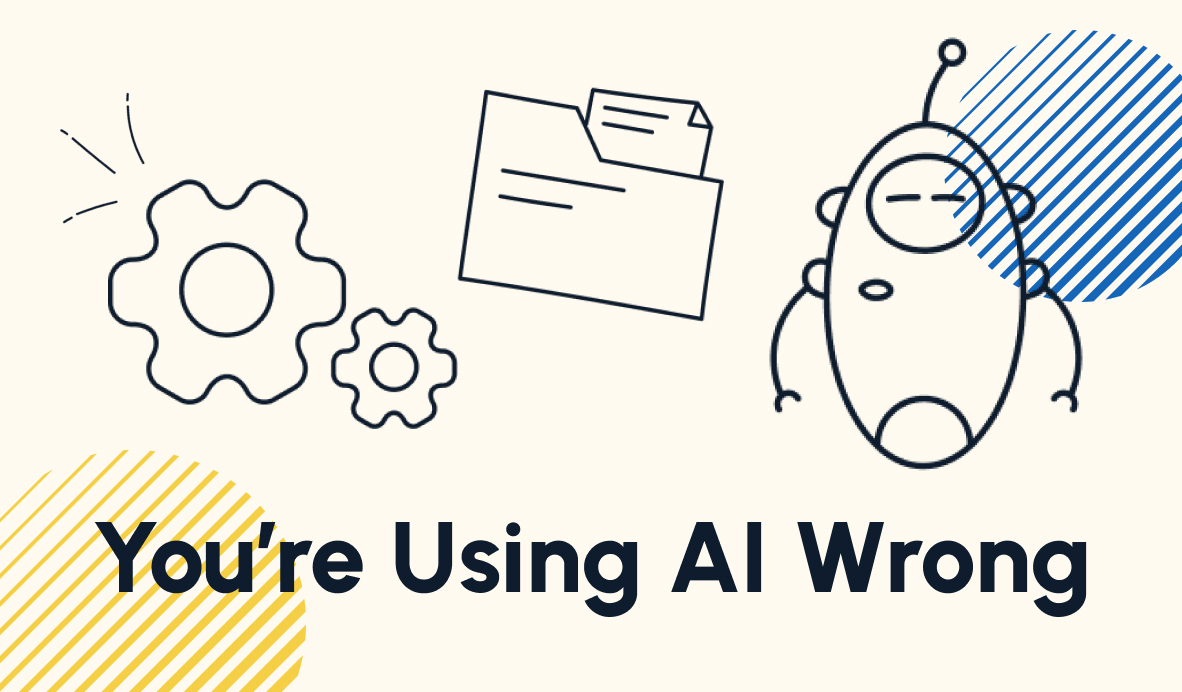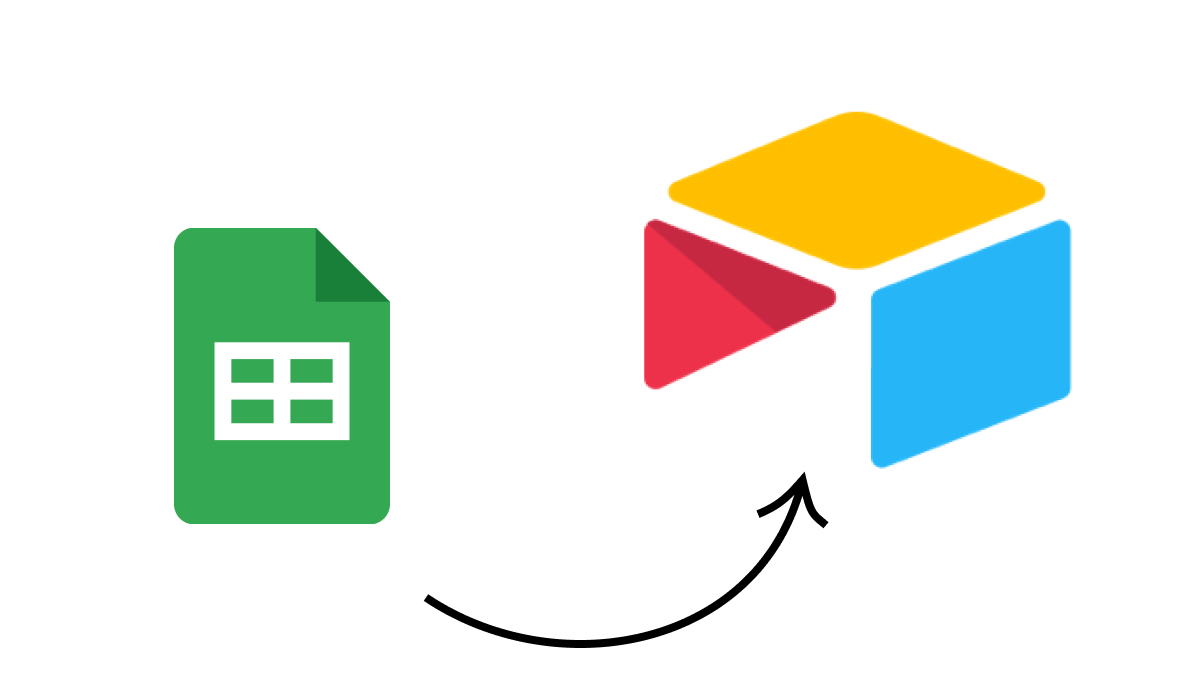How No-Code Automation Uses APIs to Connect Software
No-code/low-code automation uses APIs to give you the tools of a developer without learning to code. Learn more in this XRay blog post.
January 26, 2022

No-code and low-code automation is a great way to boost productivity at your workplace and give your team more time to focus on important tasks.
If you’ve dabbled with tools like Zapier, Integromat, or Unito, then you’ve seen firsthand how they can easily connect one app to another to start automating your workflows.
However, you might be wondering how these platforms are actually able to do this. How can they work with dozens, hundreds, or even thousands of apps and access so many commands and functions?
It all comes down to Application Programming Interfaces, or APIs. In this post, we’ll give you a quick overview of what an API is, and how automation platforms use them to let you build workflows.
What is an API?
An API is an interface that lets apps and programmers issue commands to a piece of software. An API for any given application includes a list of commands defined by that application’s developers. If you’re using a project management app, its API would likely include commands for creating and editing tasks, getting information about tasks, and deleting tasks.
One of the main uses of an API is to facilitate communication between the frontend of an app that a user interacts with, and the backend that stores data and runs calculations. Clicking on a button to create a new document in an app like Google Drive will send a command to the backend via the API to create a “document” object with all of the required attributes. All of this communication happens behind the scenes; users only have to interact with the simplified, abstracted UI to make everything work.
But APIs aren’t just about connecting the two sides of an application; they also grant access to external applications and developers. By consulting the API’s public documentation, a developer could write some code to issue commands to an external application. The data gathered from those commands might let a web developer add a Twitter widget to their site that shows new tweets with a certain hashtag in real time.
Developers make APIs and often provide thorough public documentation because they want their apps to be accessible, but to keep things secure, they don’t want to expose the entirety of the software to the internet. An API lets the frontend communicate with the backend, and lets other apps safely connect as well.
In a similar vein, automation platforms can also use APIs to operate applications without requiring constant user input.
How Automation Platforms Use APIs
Automation platforms like Zapier work by essentially adding a simple, user-friendly graphical interface to API calls.
Instead of consulting technical documentation and searching for the functions and parameters that you need to specify to create a new channel in Slack, Zapier provides you with a series of dropdown menus and plain language instructions to let you assemble an API call.
All you have to do is to select the app you want to use, the action you want to perform, and enter some basic data like the channel name.
In other words, no-code platforms like Zapier let you use an API without needing to know any code at all.
Because no-code platforms leverage APIs to create automations, this means they can support hundreds or even thousands of apps. Any program with a publicly documented API could be added to a no-code platform, and a quick search on XRay.Tools will show you that Zapier has added support for many of them.
With the extensive functionality of API calls and the vast array of available applications, no-code platforms give everyone the power to build useful tools without needing to have any programming experience whatsoever.
So if you want to start building a new tool to speed up your workflows, you don’t need to immediately start looking for developers and software engineers to get it done. In many cases, no-code automation tools will provide everything you need to start automating the tedious parts of your workflows.
Once you get started, you can also start learning a little bit of code to take your automations further. This will let you write API calls within Zapier or Integromat, add loops or other useful functions, all while staying within a familiar platform. Techniques like these mark the difference between “no-code” and “low-code”. Both focus on using existing tools to create apps and automations, but low-code requires a little more technical knowledge and experience.
Start Building Automated Workflows Without Learning Code
The structure of modern software has made it possible for no-coders to do more than ever. The no-code and low-code space is growing every day, with apps like Zapier, Unito, Integromat, Coupler and more giving everyone the ability to leverage APIs and build tools that enhance your workflows.
If you’d like to learn more about building no-code and low-code automations, or if you’d like to see how XRay can build automations for your team, check out our blog or our YouTube channel. You can also follow XRay on Twitter, Facebook, or LinkedIn.












